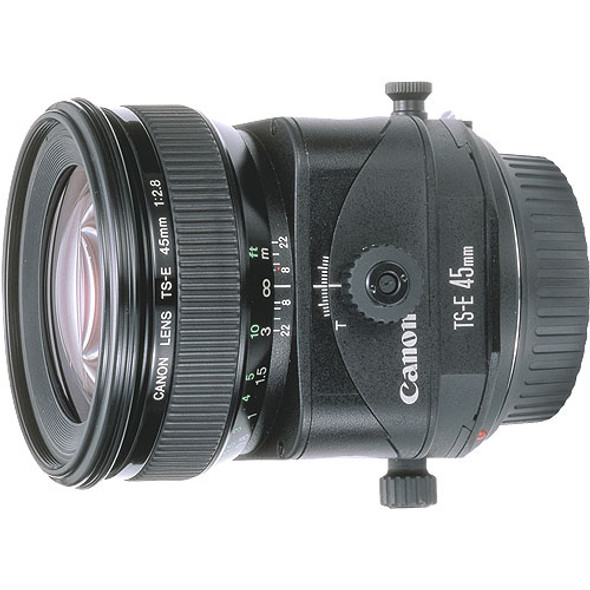Canon
Canon TS-E 24mm f/3.5L II Wide Angle Tilt Shift Lens
- SKU:
- 3552B003AA
- Availability:
- Not Available
Description

Expanding the possibilities for Tilt and Shift photography
Thanks to Canon's unique rotation system, the TS-E 24 mm f/3.5L II allows the tilt and shift direction to be rotated independently of each other. This allows perspective and depth of field to be controlled separately - vastly enhancing lens flexibility.
Widest range of movement
With a wide angle 24mm focal length and ±8.5° of tilt available, plus ±12mm shift and ±90° of rotation on both the tilt and the shift mechanisms, the TS-E 24 mm f/3.5L II offers exceptional flexibility. The TS-E 24 mm f/3.5L II also feature locks on the tilt and shift mechanisms to ensure that unwanted movements are avoided.
High Precision lens elements
To achieve outstanding edge-to-edge resolution and low distortion, a high precision large diameter moulded glass aspherical lens is used. To minimise chromatic aberration common in wide-angle shooting three UD elements are used. These features make the lens especially suited to landscape and architectural photography.
Sub-wavelength structure coating
Designed for digital photography, Canon's patented lens element coating helps prevent the ghosting and flare caused by internal reflection from occuring- helping to deliver crisp, clear images.
Robust build quality
Canon L series lenses are built to withstand regular use in the most testing environments. Weather and dust seals provide added protection, and a lens hood and pouch are also included in the package.
Lead-free optics
Environmentally friendly lead-free glass is used throughout the construction of the TS-E 24 mm f/3.5L II .
Key Features
- New tilt-shift full revolving knob for comfortable operation
- Compact body
- Environmentally friendly lead-free glass in optical system
- Aspheric elements (1) and UD elements (3) correct aberrations
- New SWC (Sub Wavelength Structure Coating) to minimise flare & ghosting
- High-Speed AF via high-speed CPU and optimized AF algorithm















